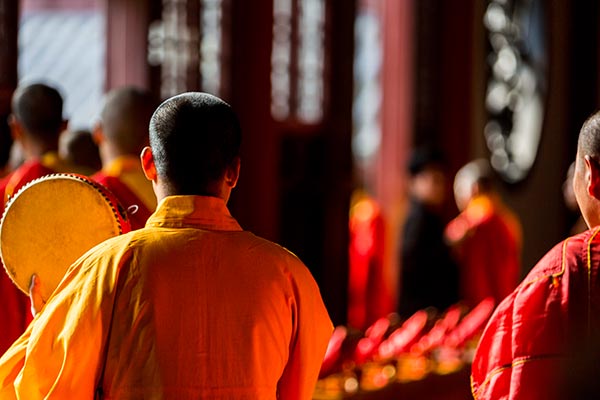Rich tapestry of Buddhist, Taoist and tea traditions
 |
|
[Photo by Lin Junjie/For China Daily] |
Petrified wood is another feature of the local scenery in the county. The fossils of wood discovered in the county were formed in the Cretaceous Period about 145.5 million to 65.5 million years ago.
Visitors can also see fossilized trees of different heights at the High Fashion Silk World Industrial Tourist Zone. This is a place to learn more about the Chinese silk culture, the history of the Silk Road and China's modern silk-weaving industry. The Silk Culture Museum shows the entire process from raising silkworms to weaving silk.
Visitors to the zone can pick mulberries and organic vegetables, and also watch the super-wide rapier looms and digital jacquard looms at work in the factory workshops.
"Silk is a classic symbol of China, and the public should know more about it. Opening our facilities to visitors not only raises awareness of our brand, it is also part of our corporate responsibility," says, Kou Yongqi, the company's deputy general manager.
Last November, the company became famous overnight after top global leaders wore their New Chinese Suits during the welcome ceremony for the Asia-Pacific Economic Cooperation summit in Beijing.
Like most visitors, I was soon trying to choose what to buy among their pretty silk products such as scarves, bed sheets and quilt covers with elegant Eastern or Western designs at its factory store.














